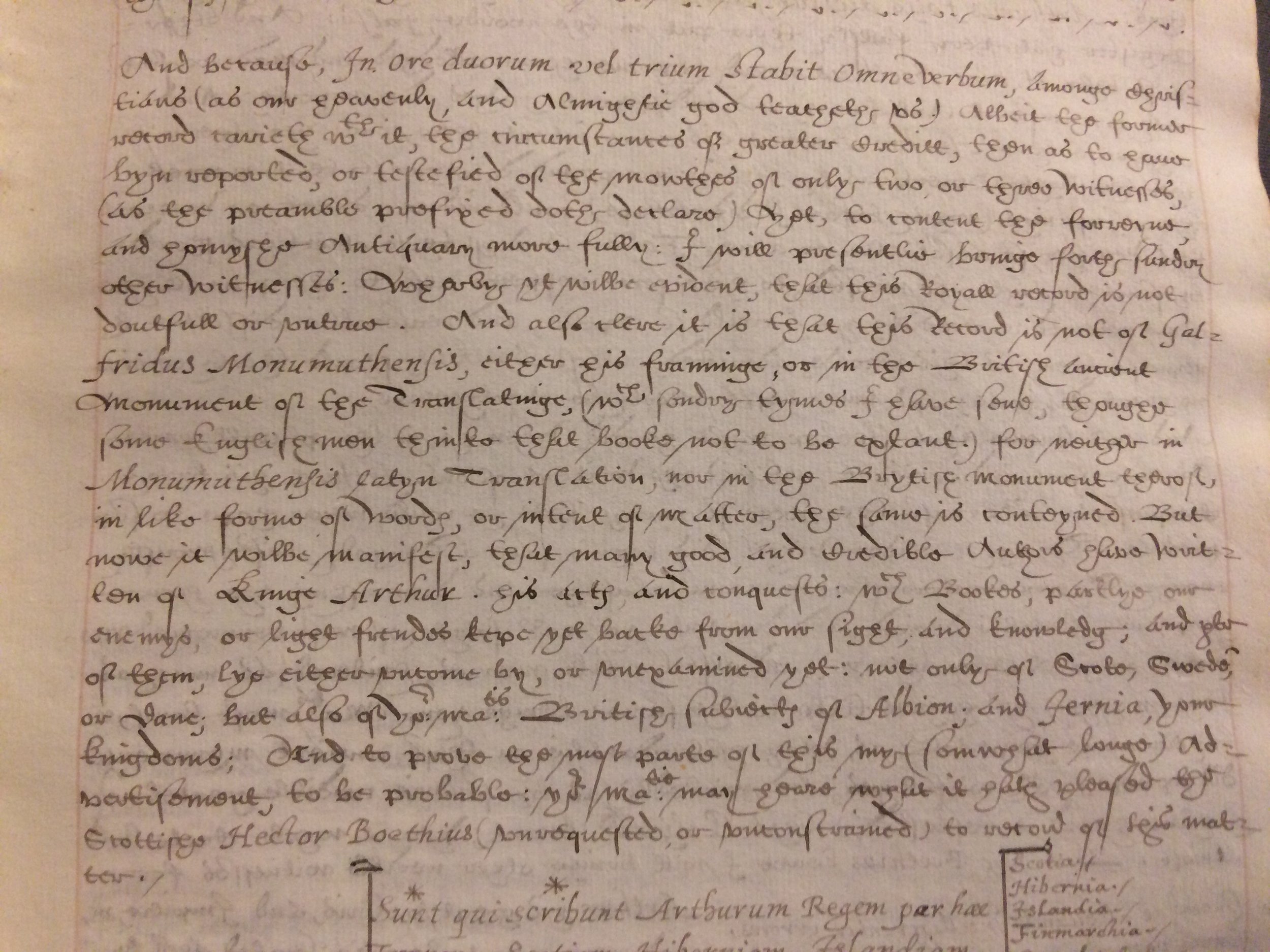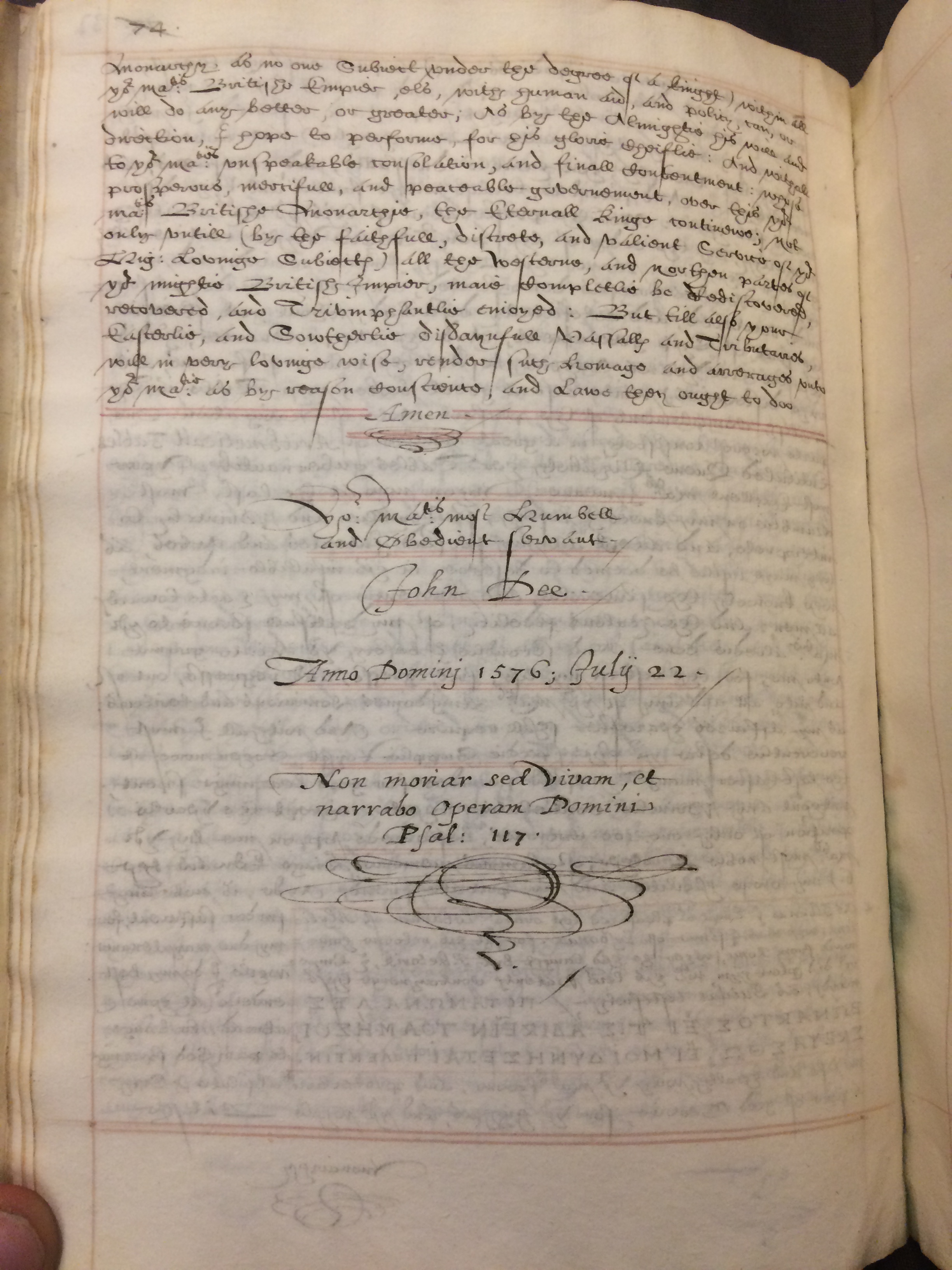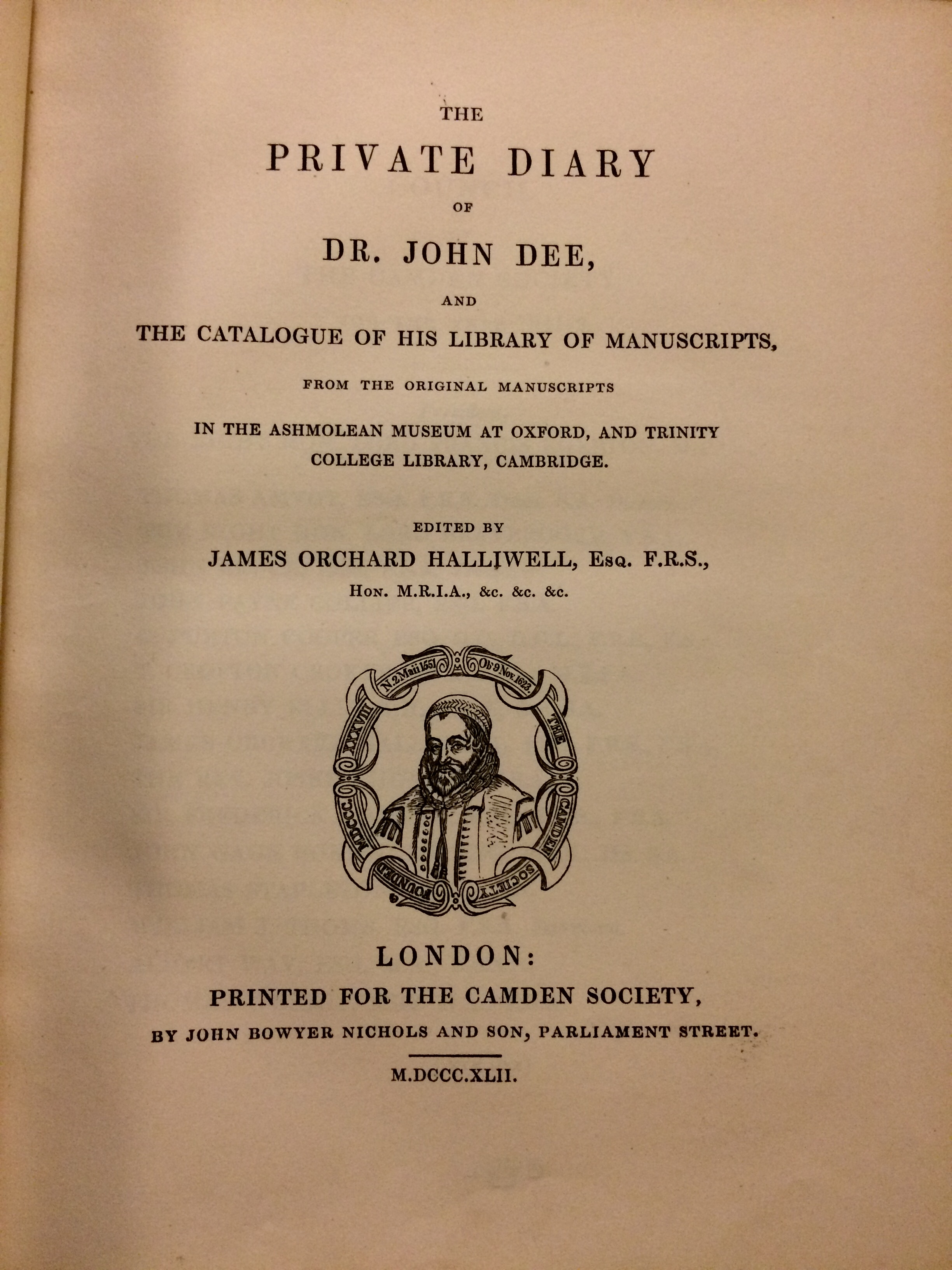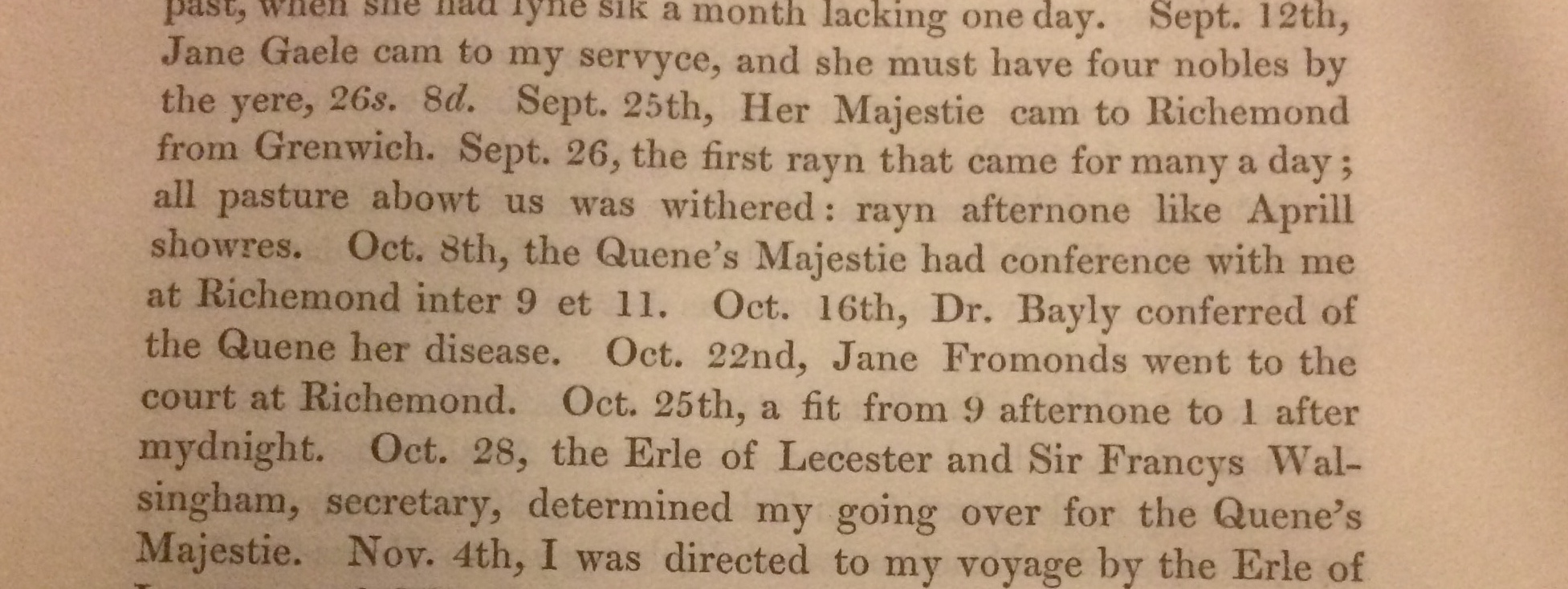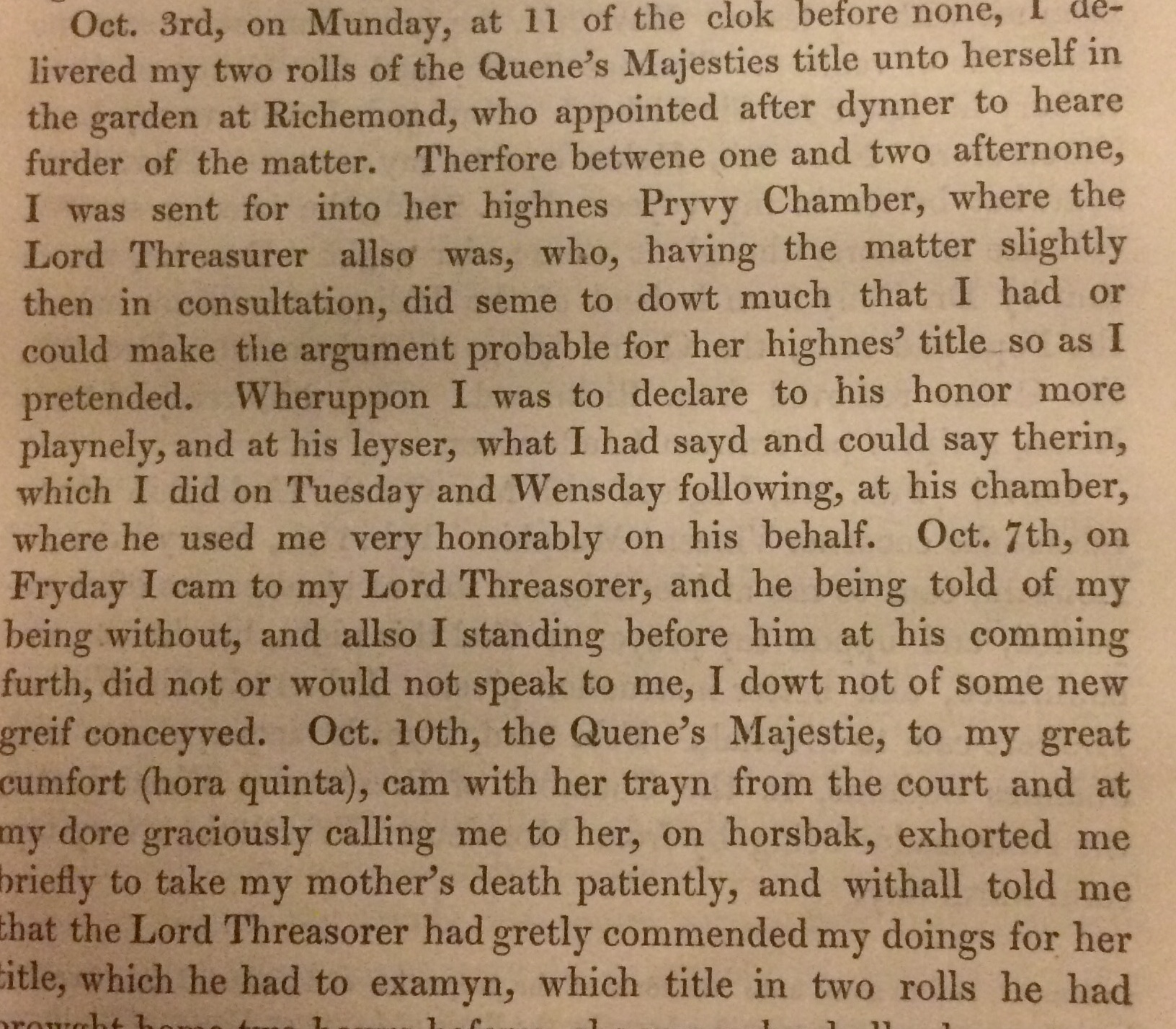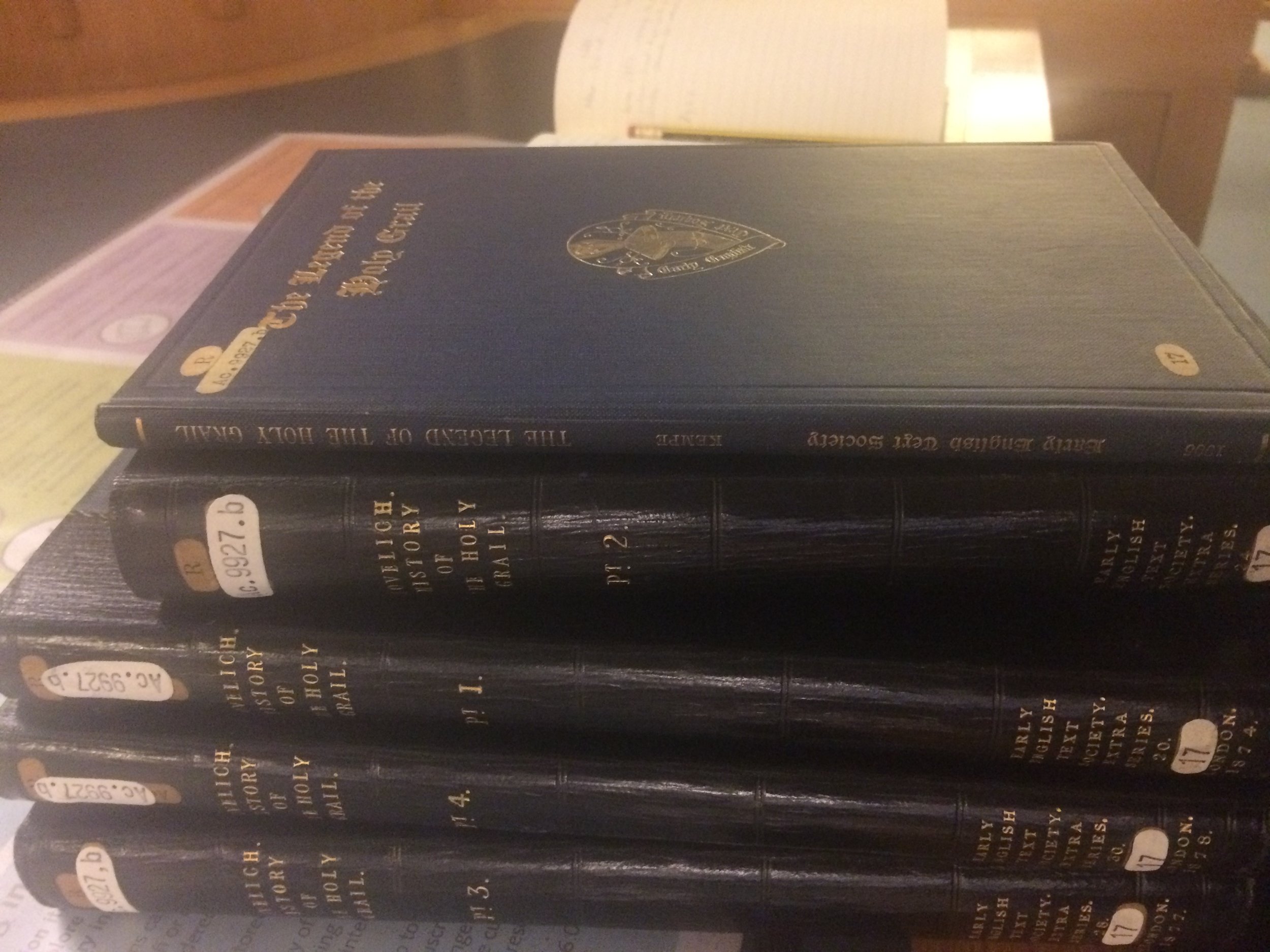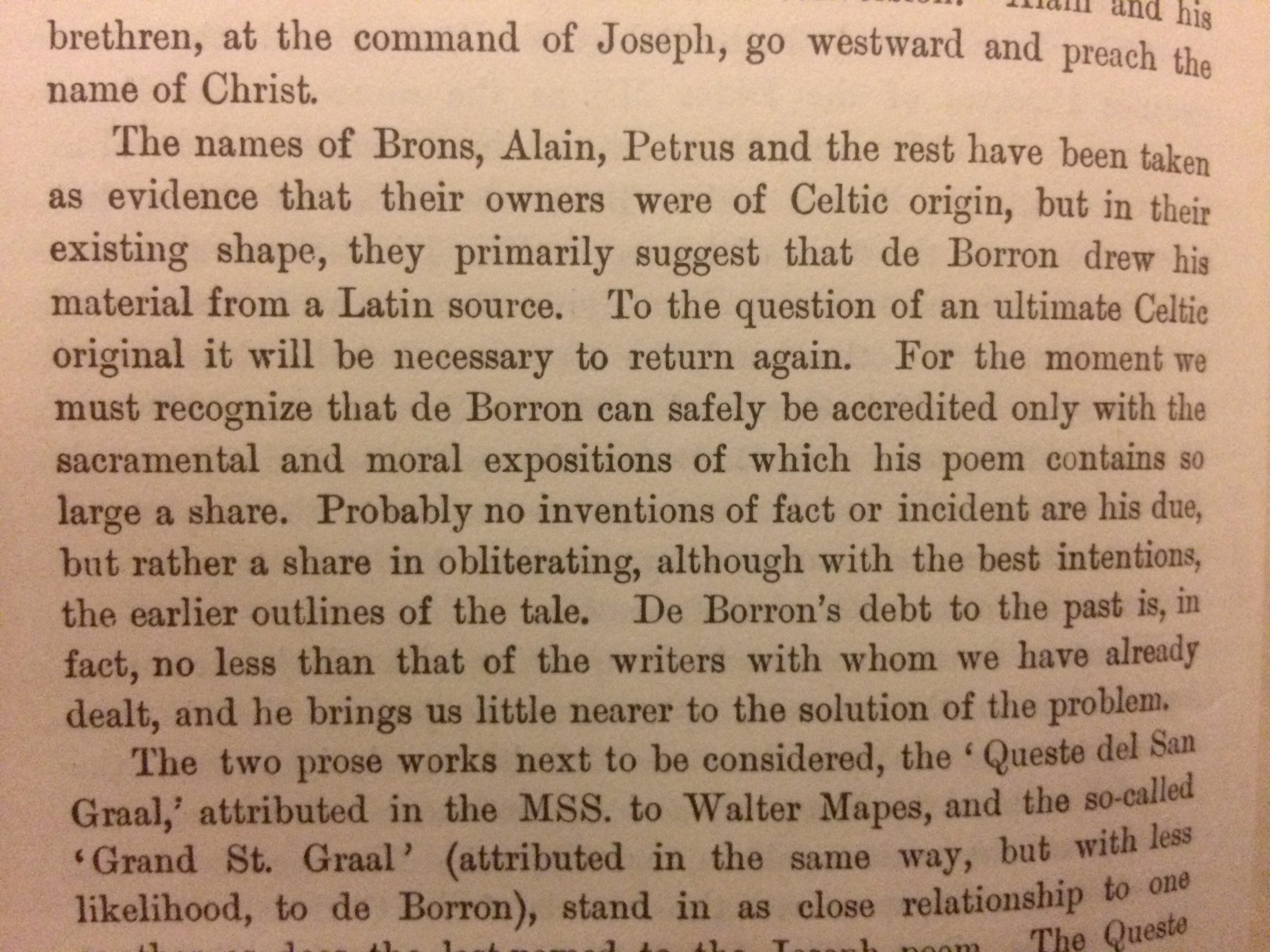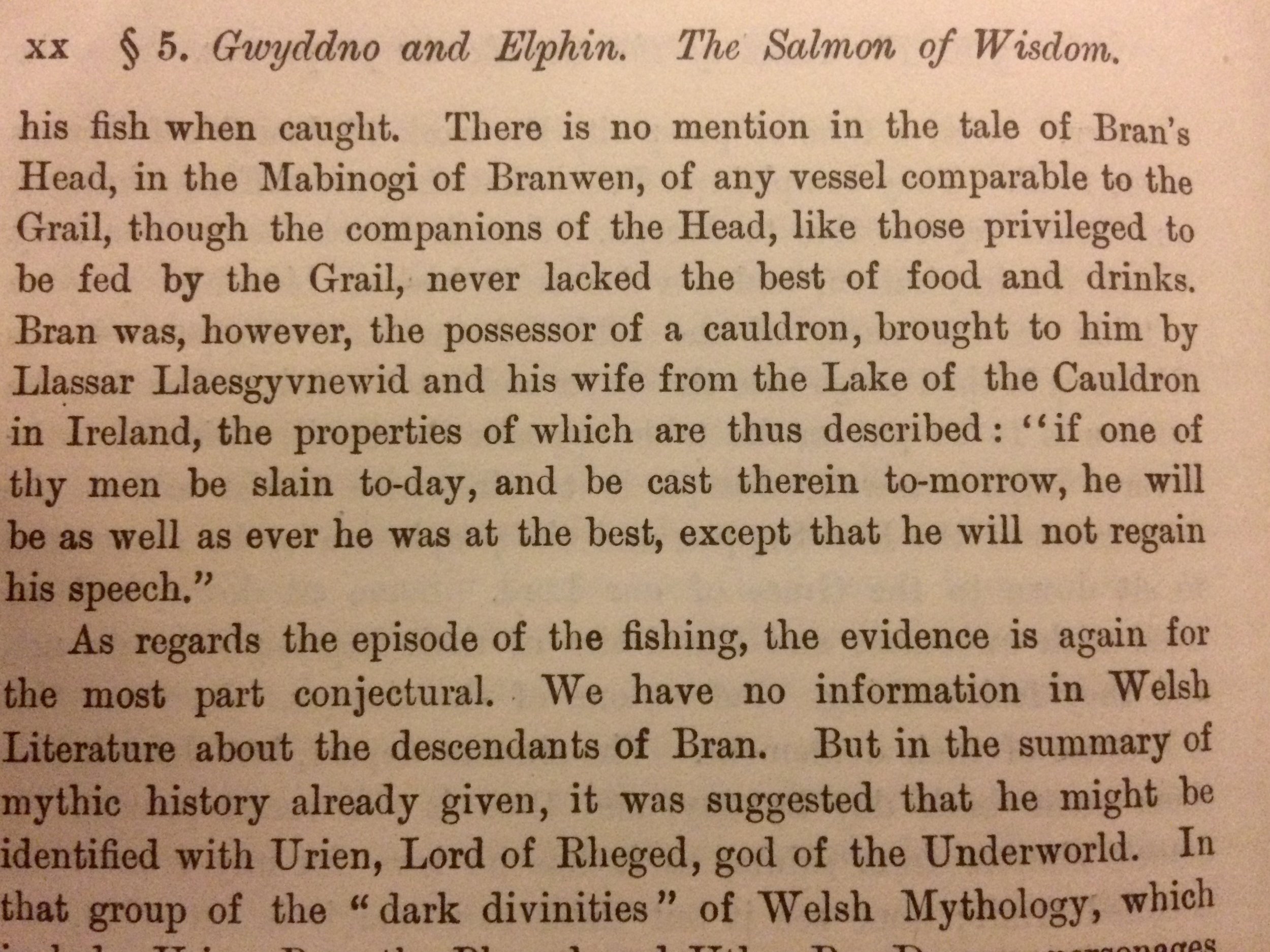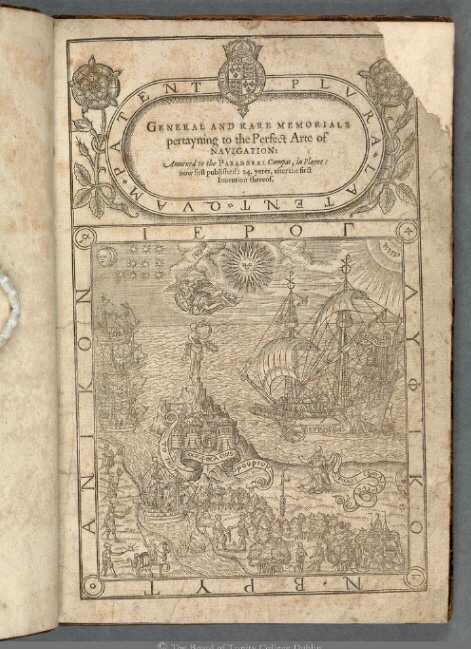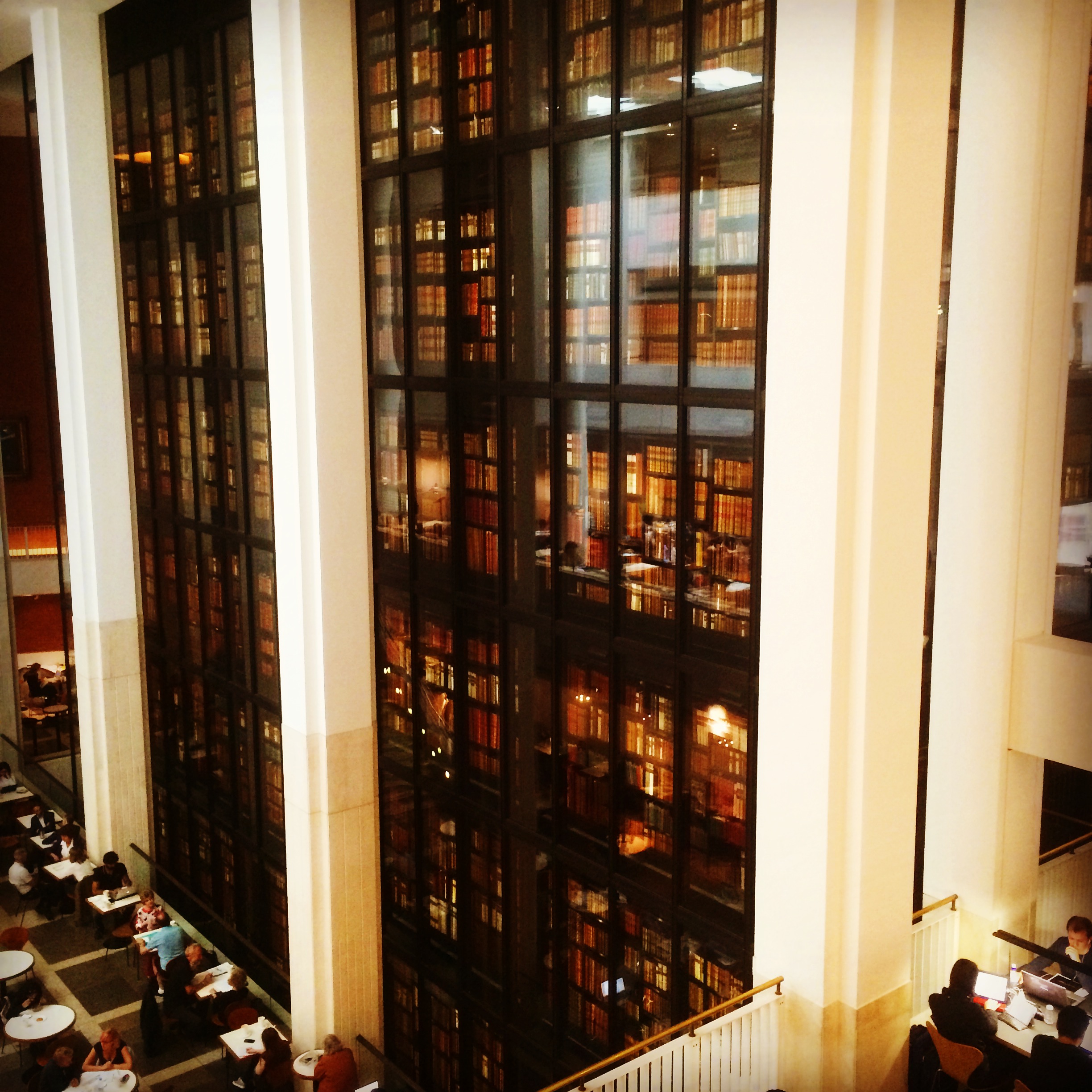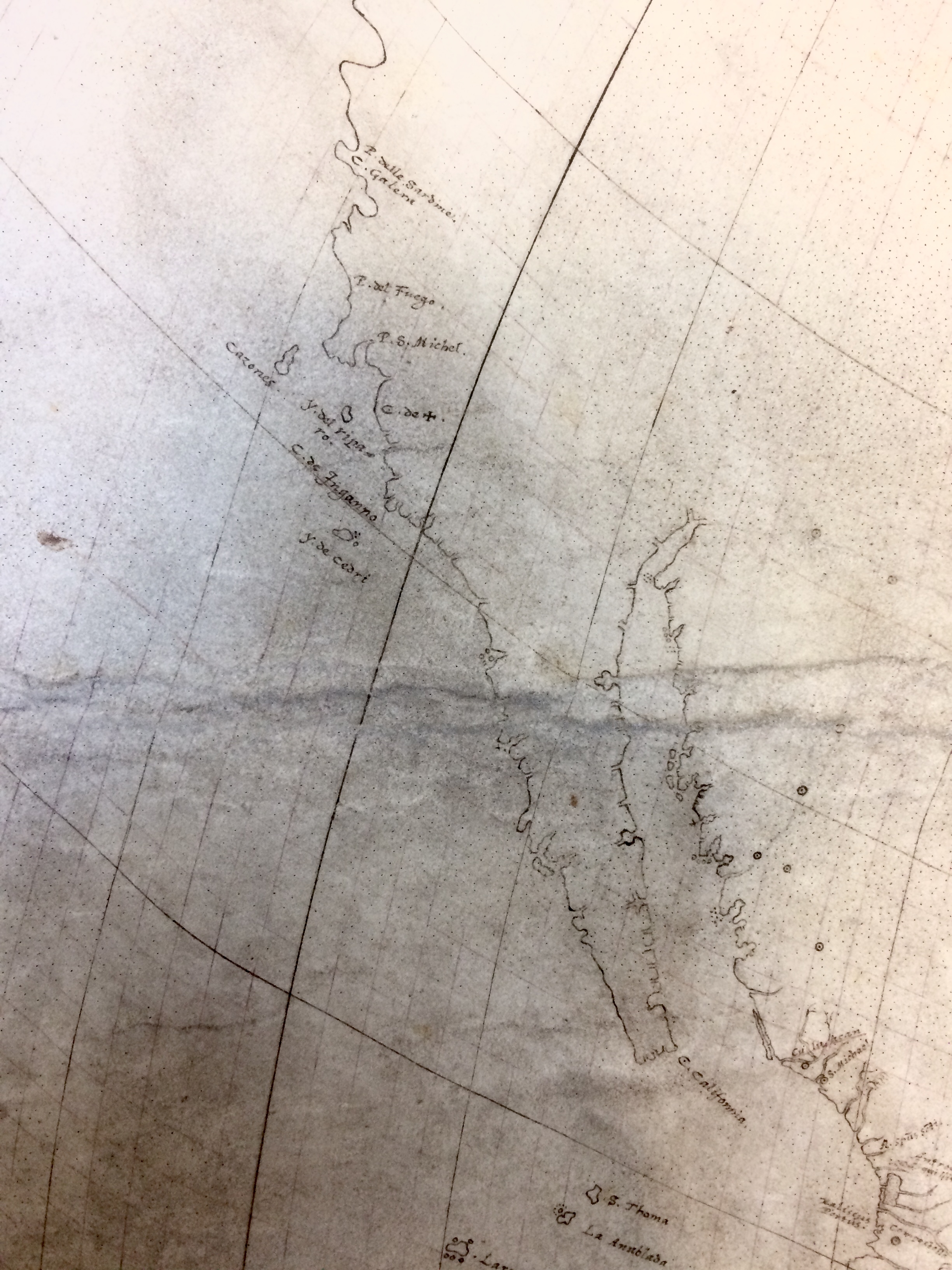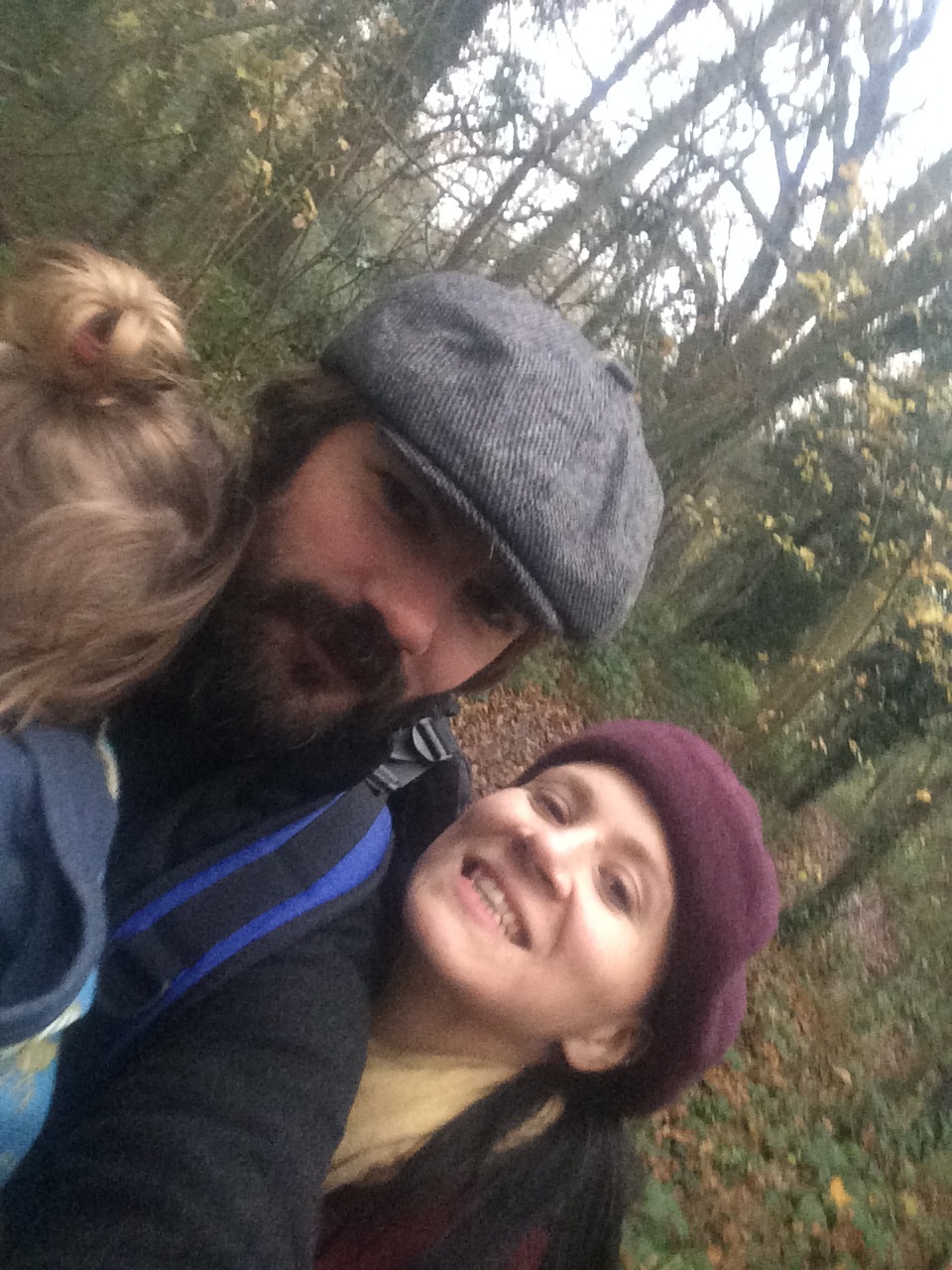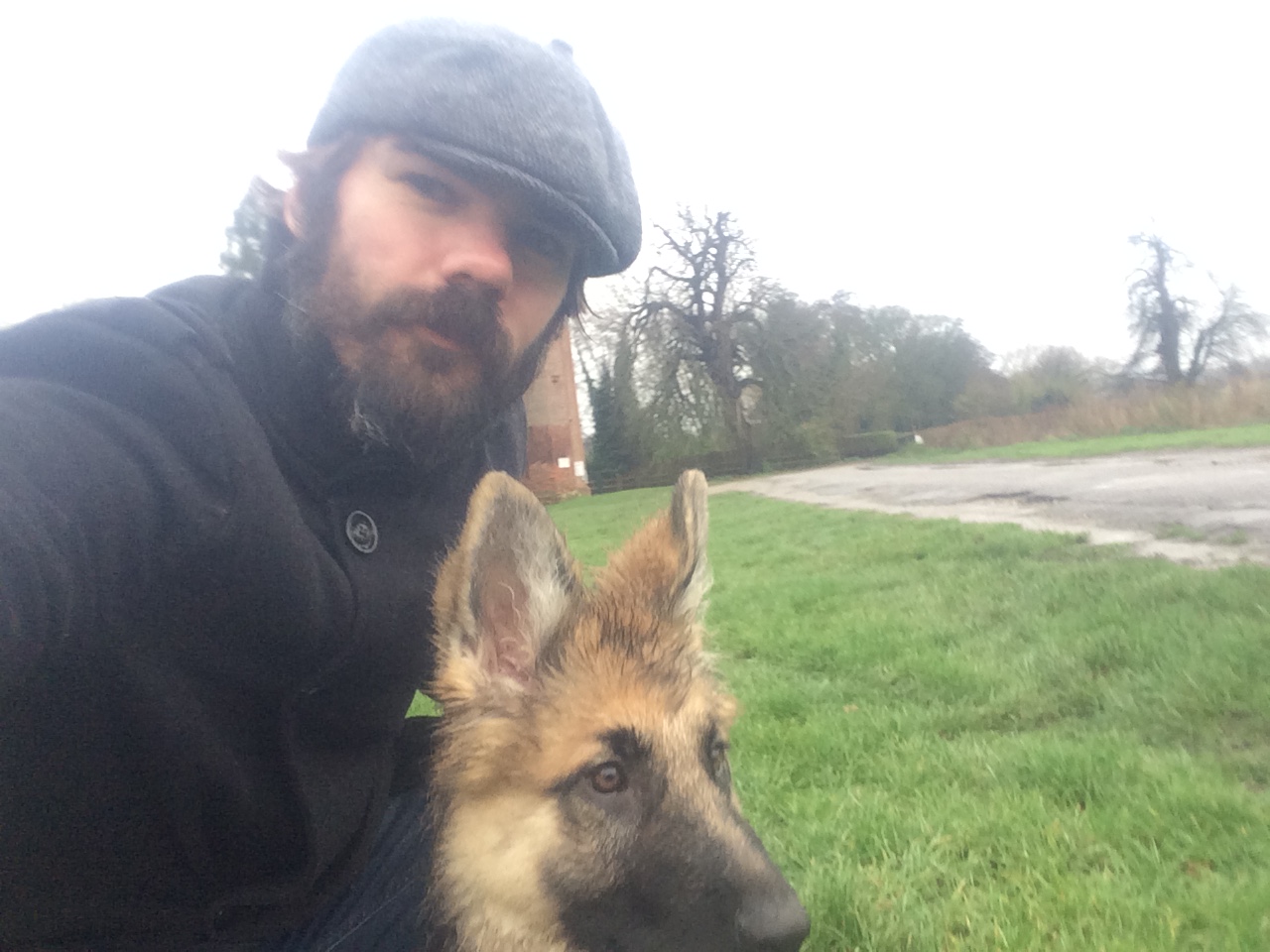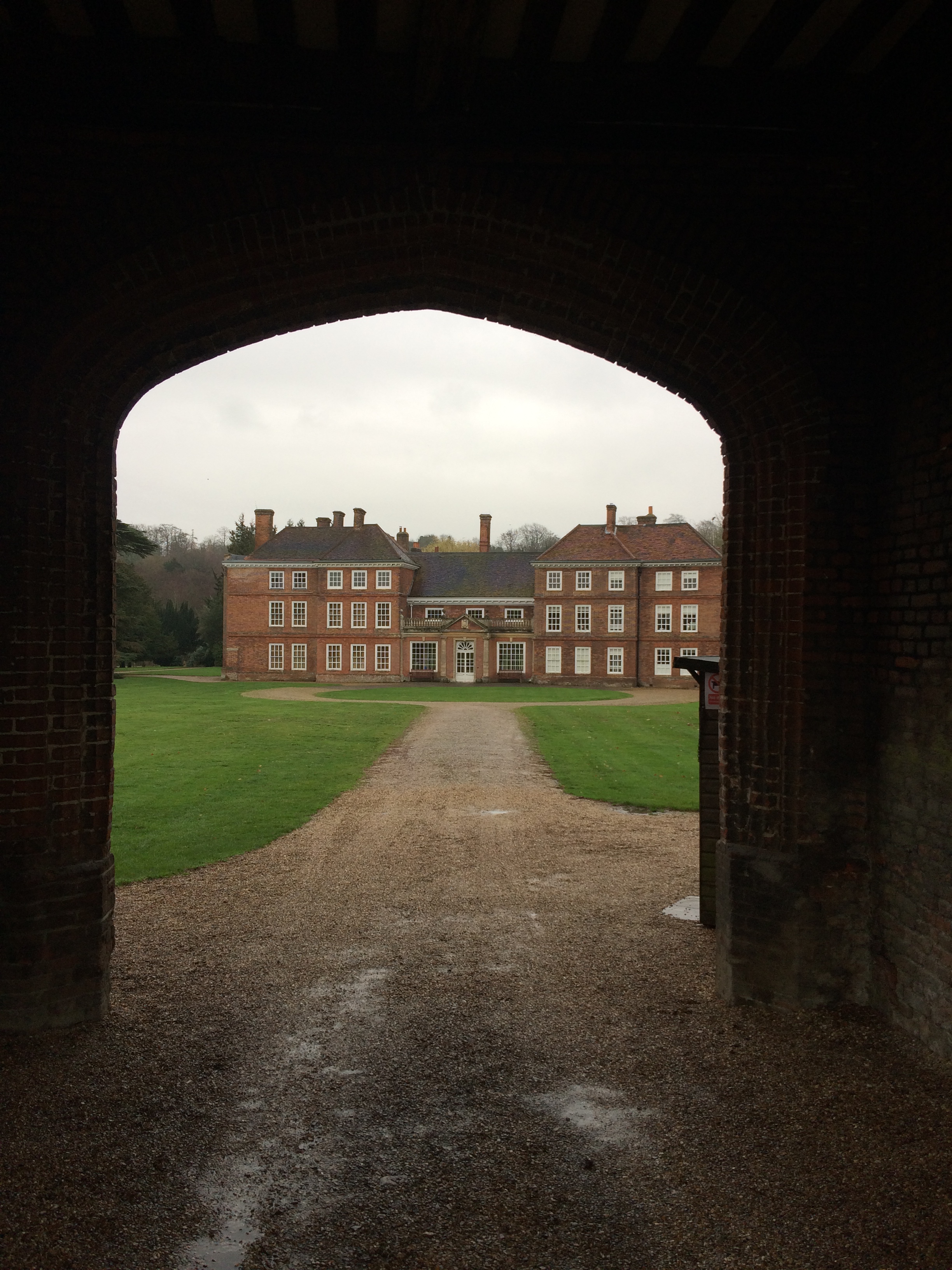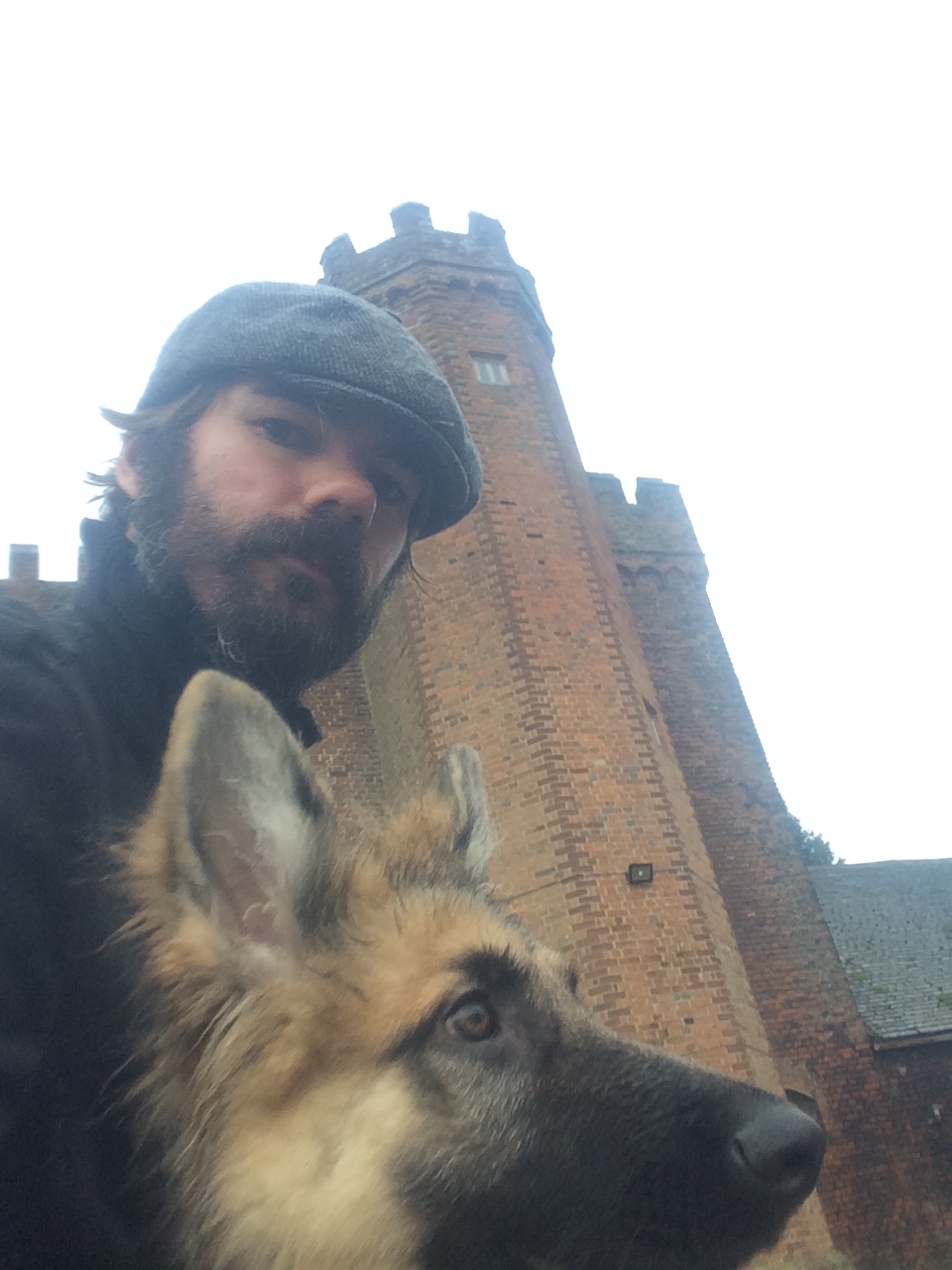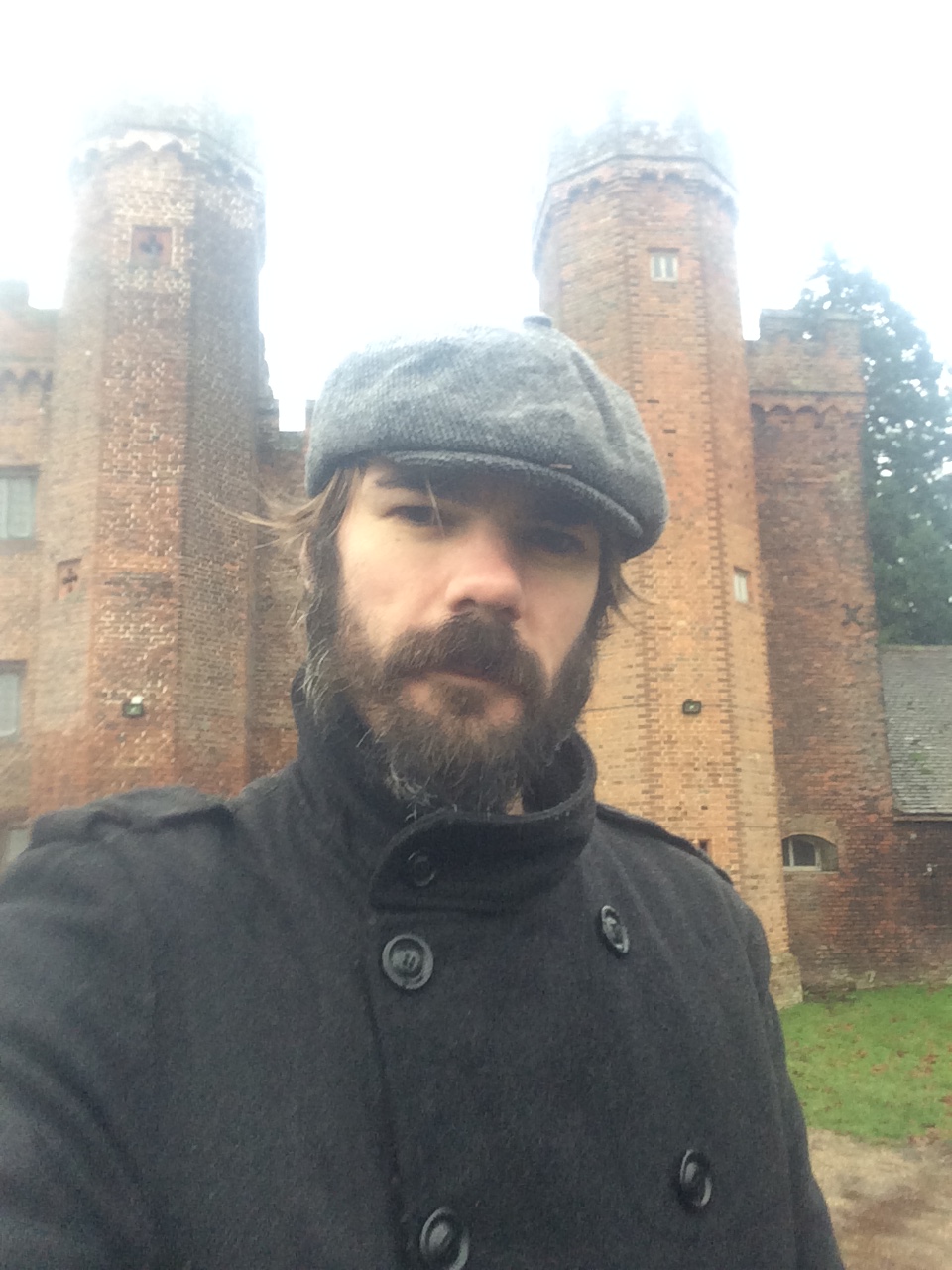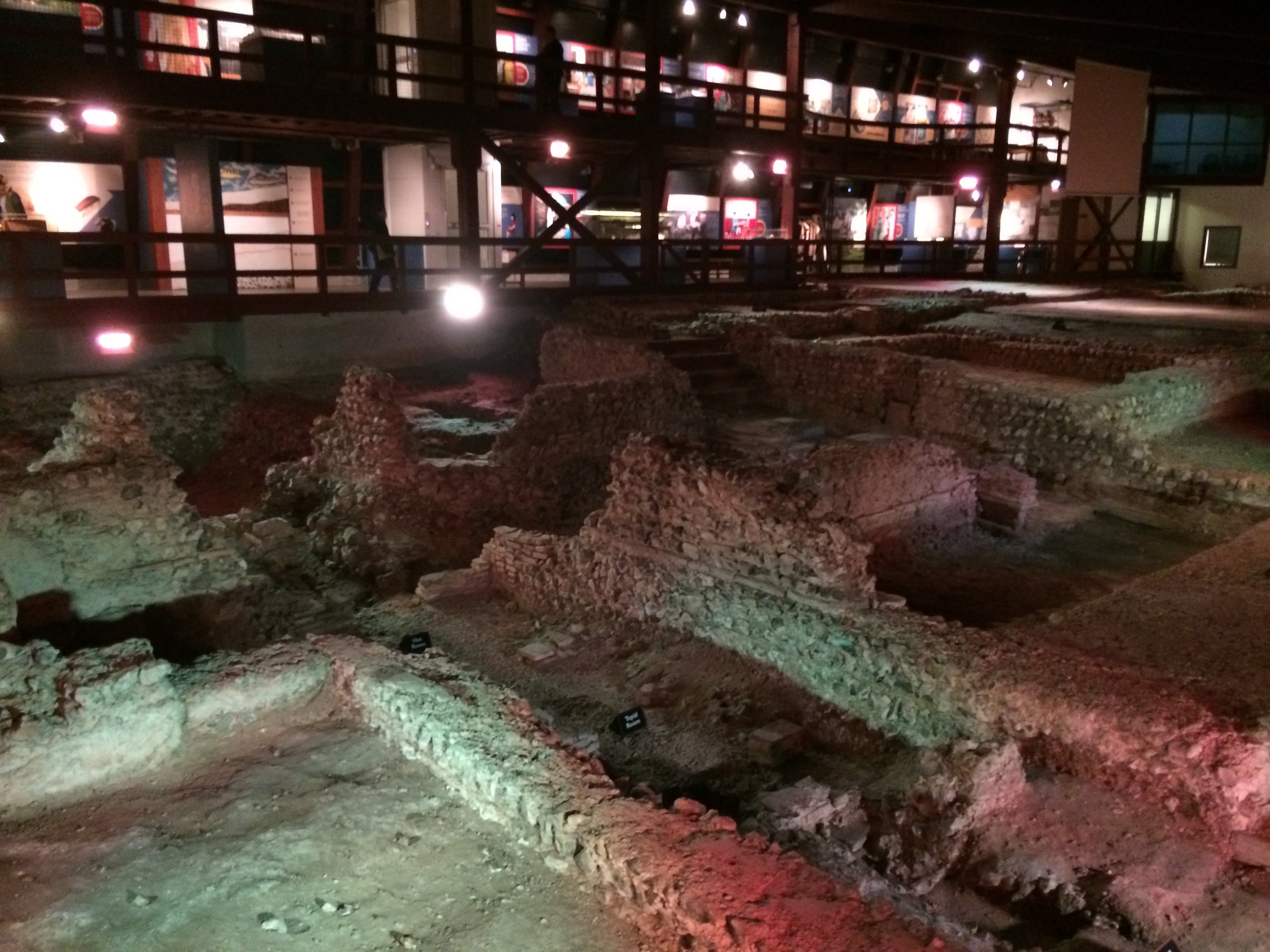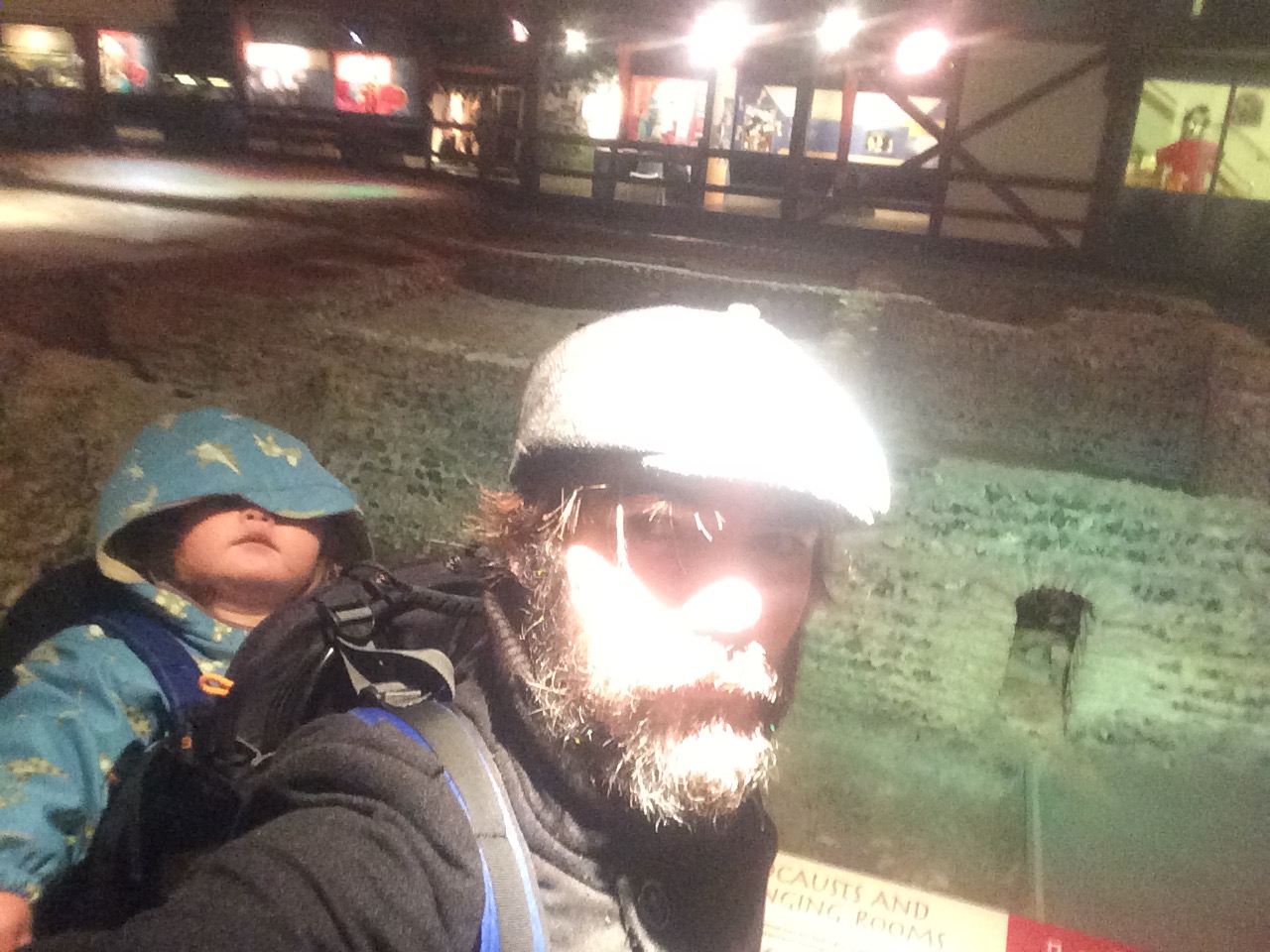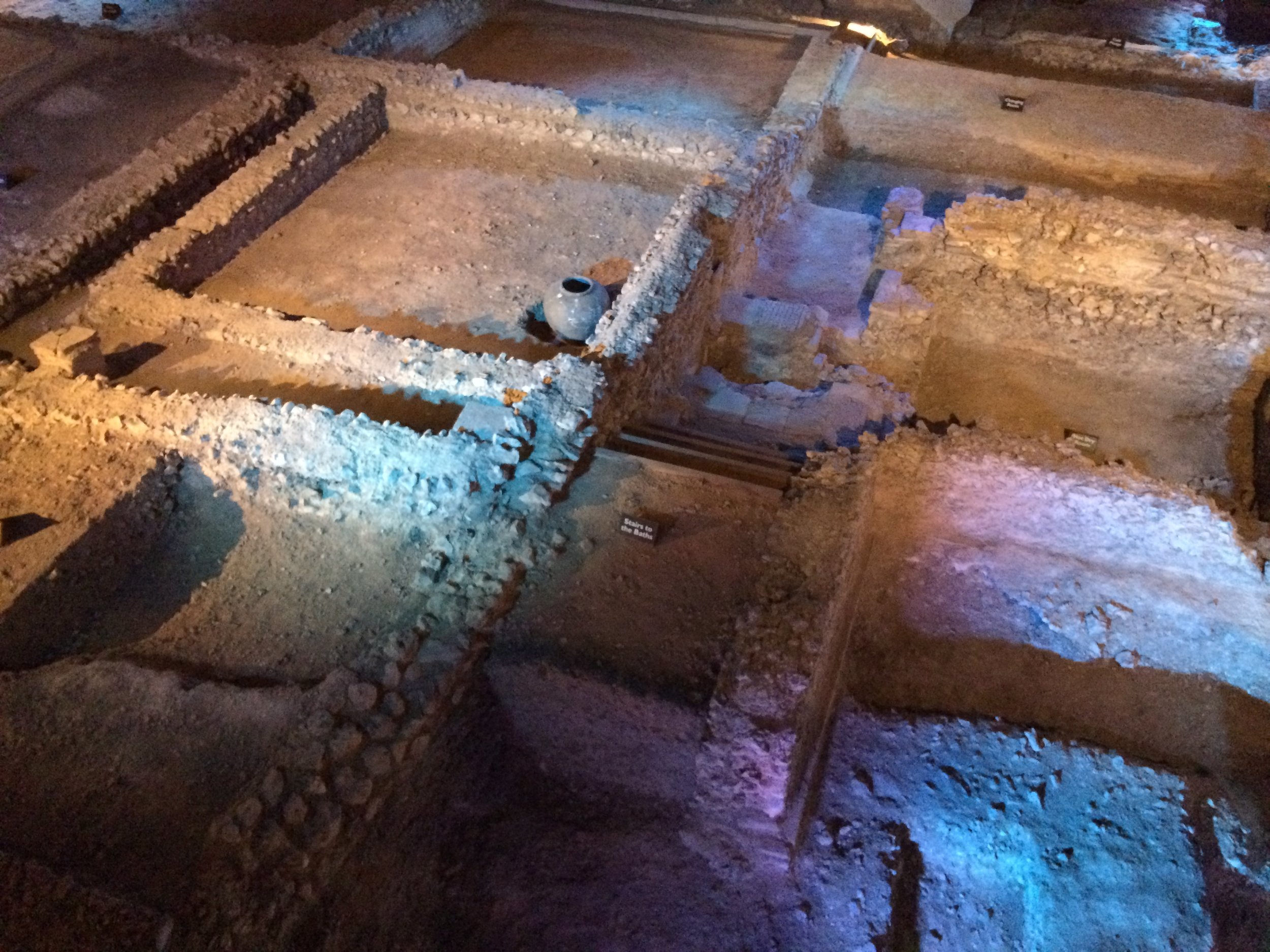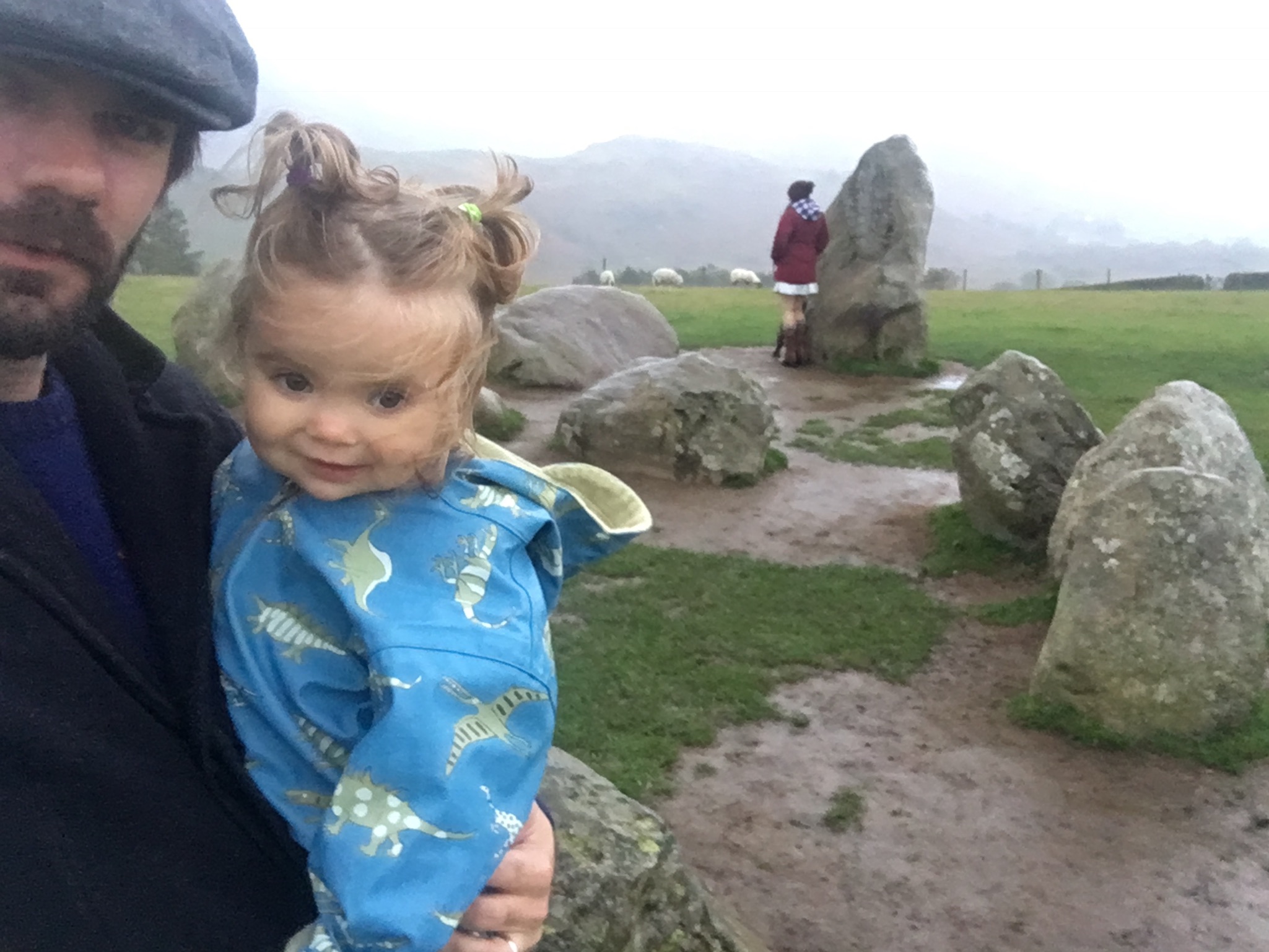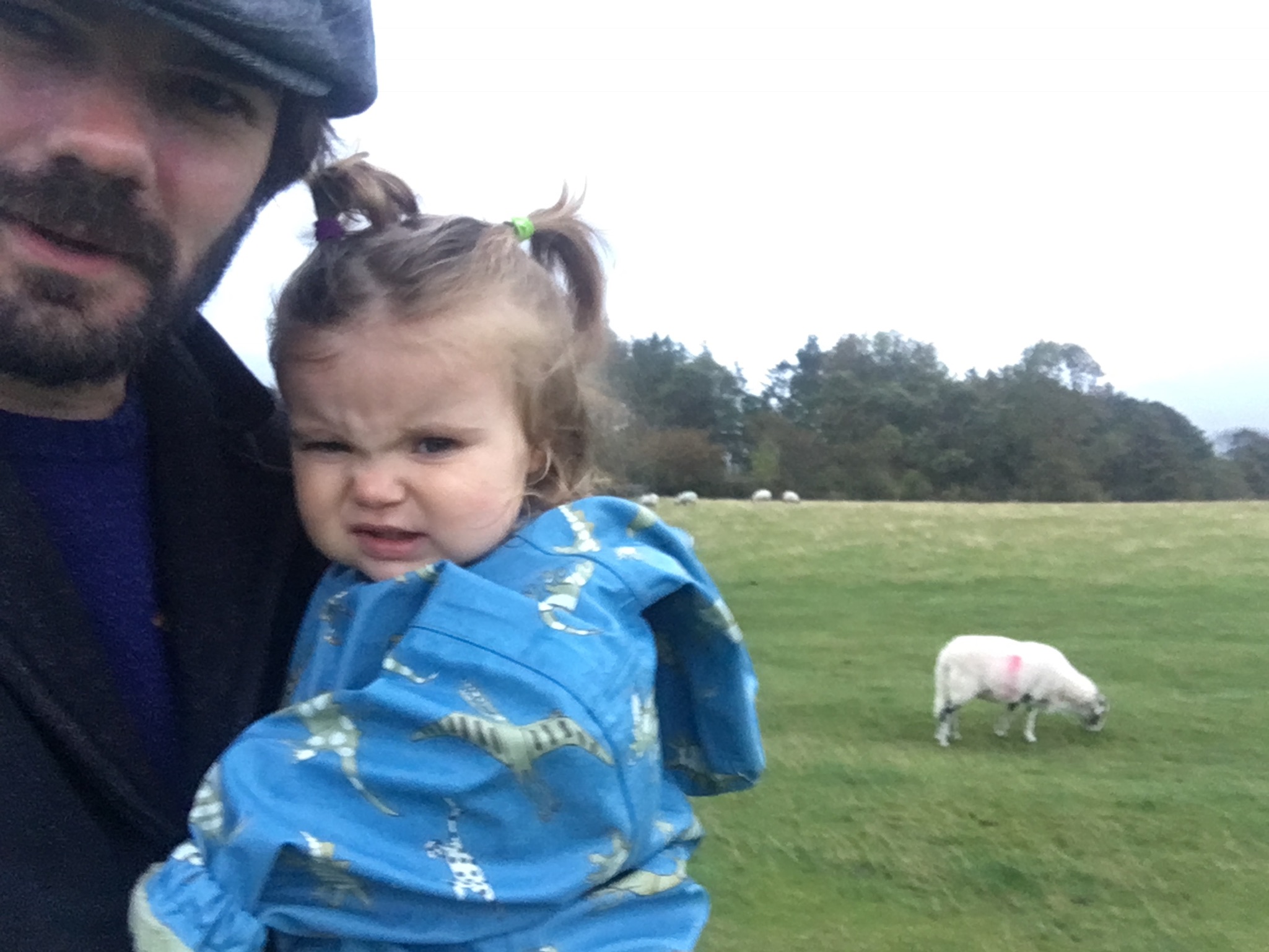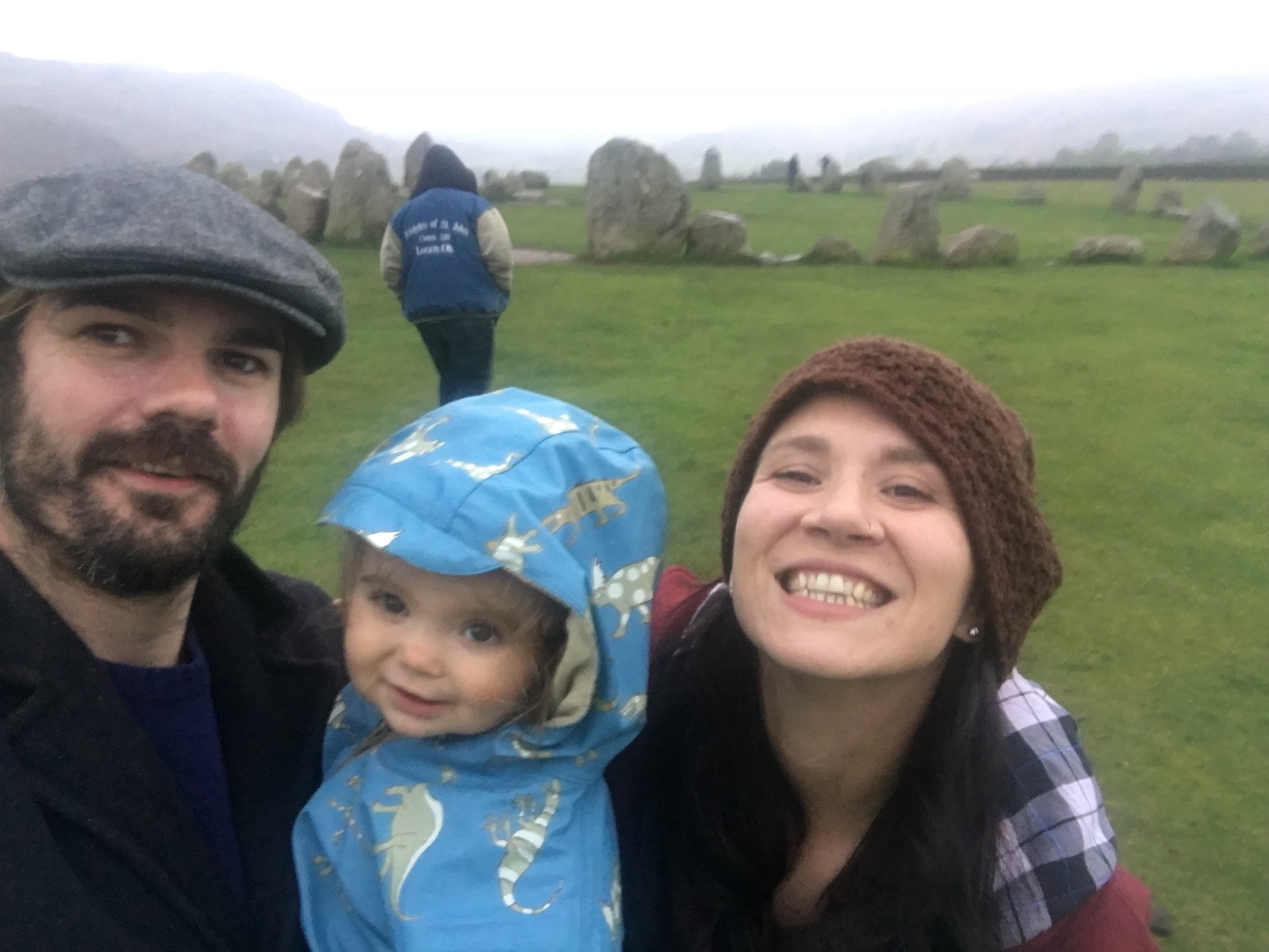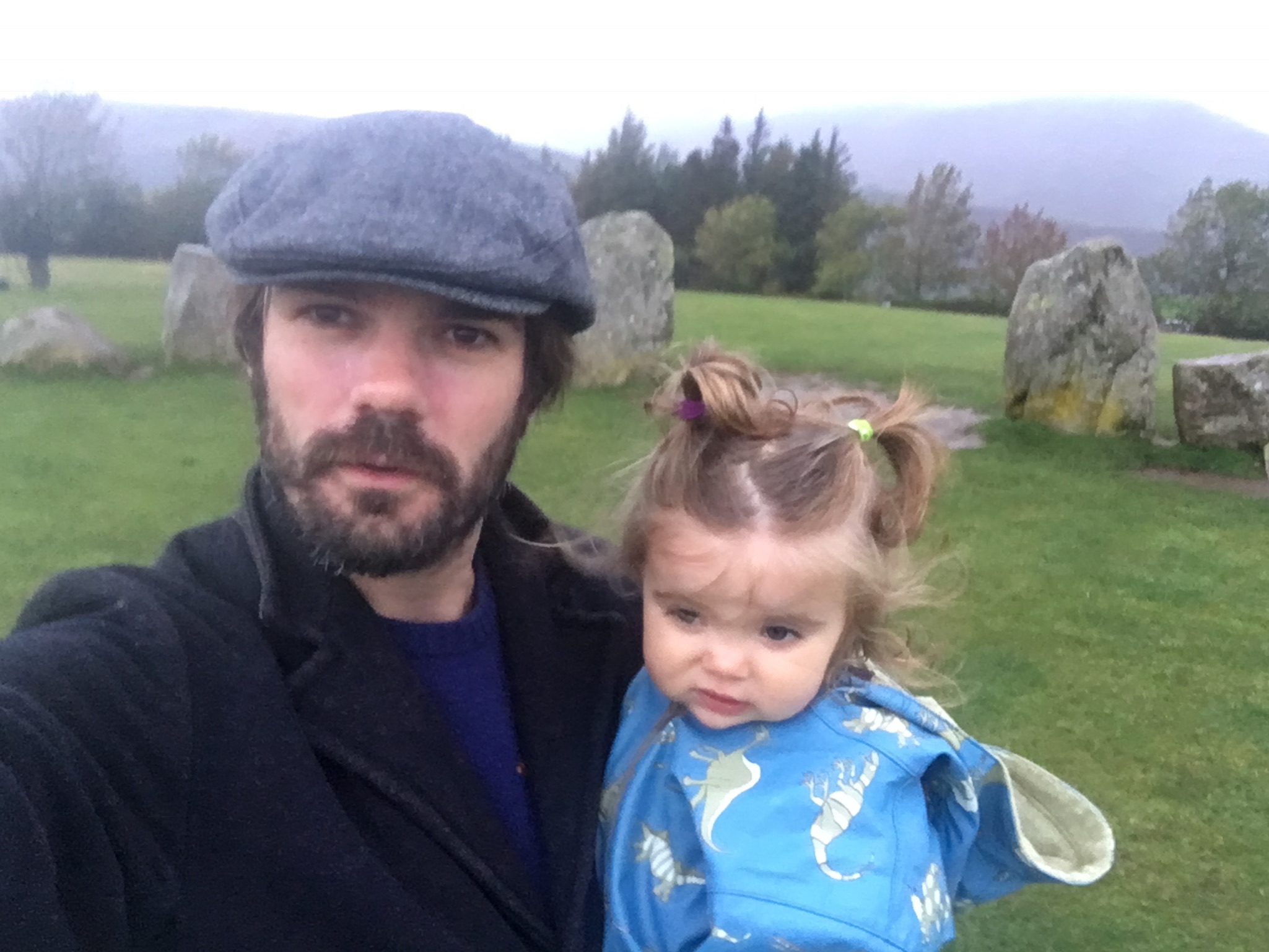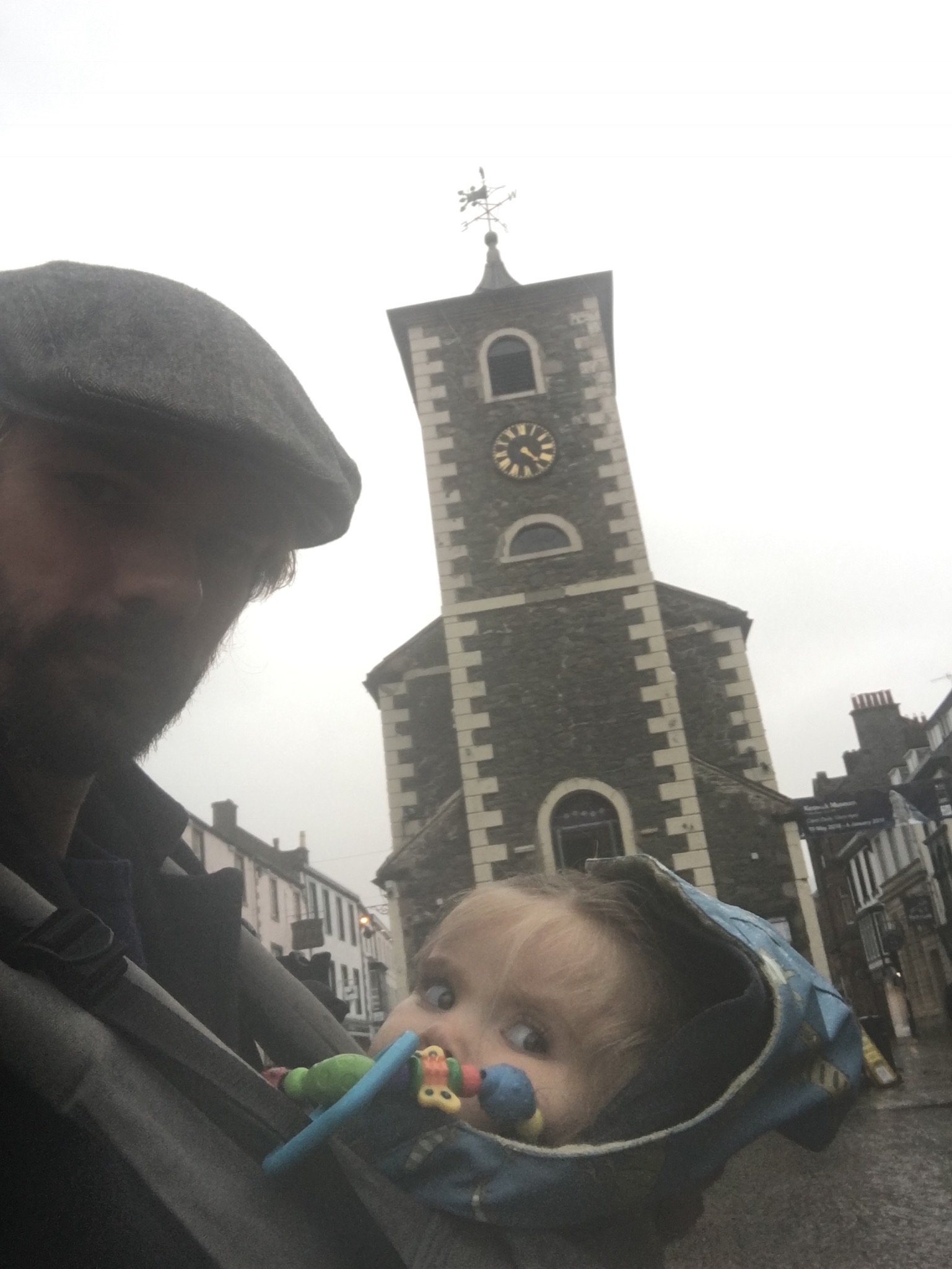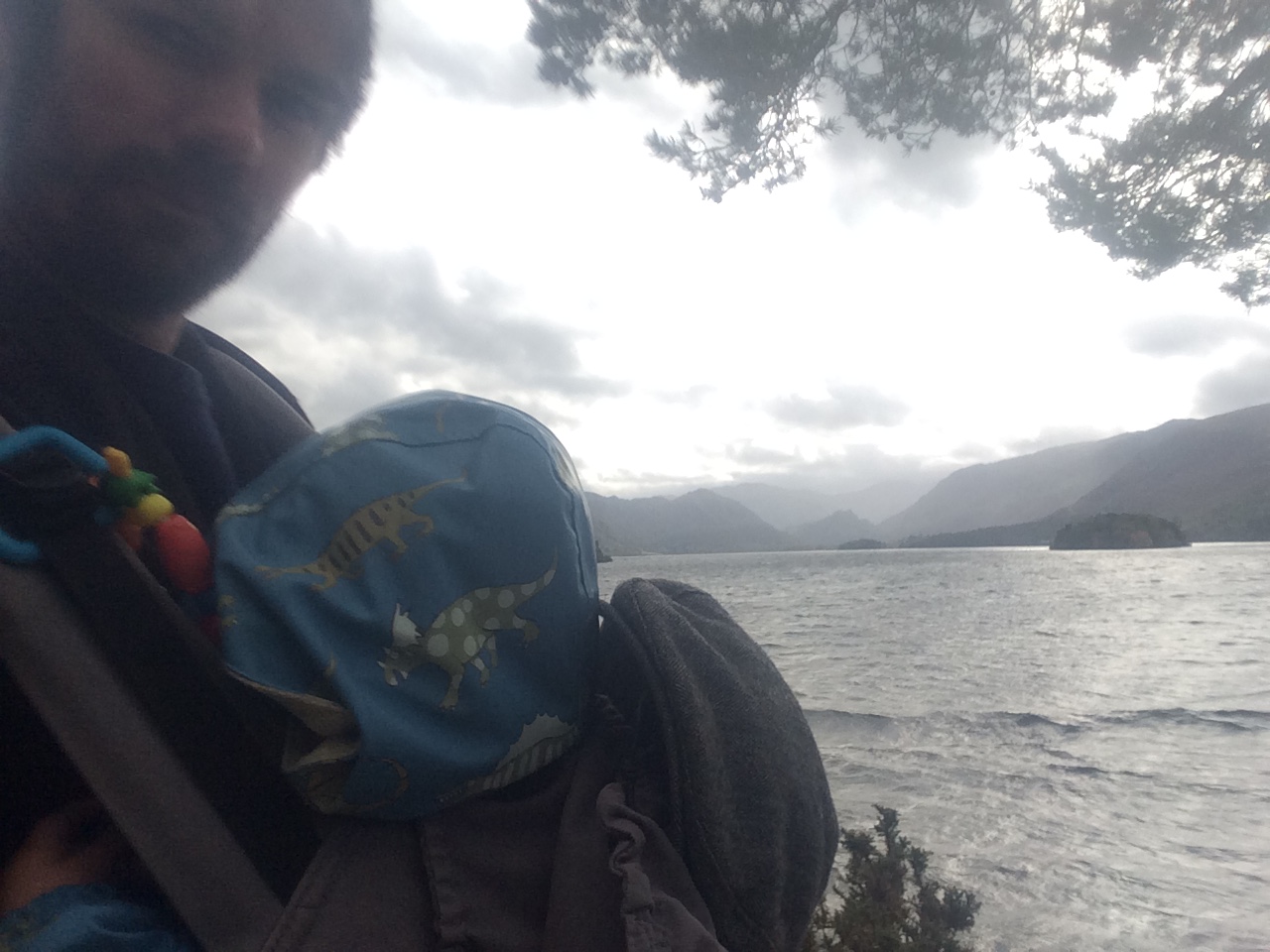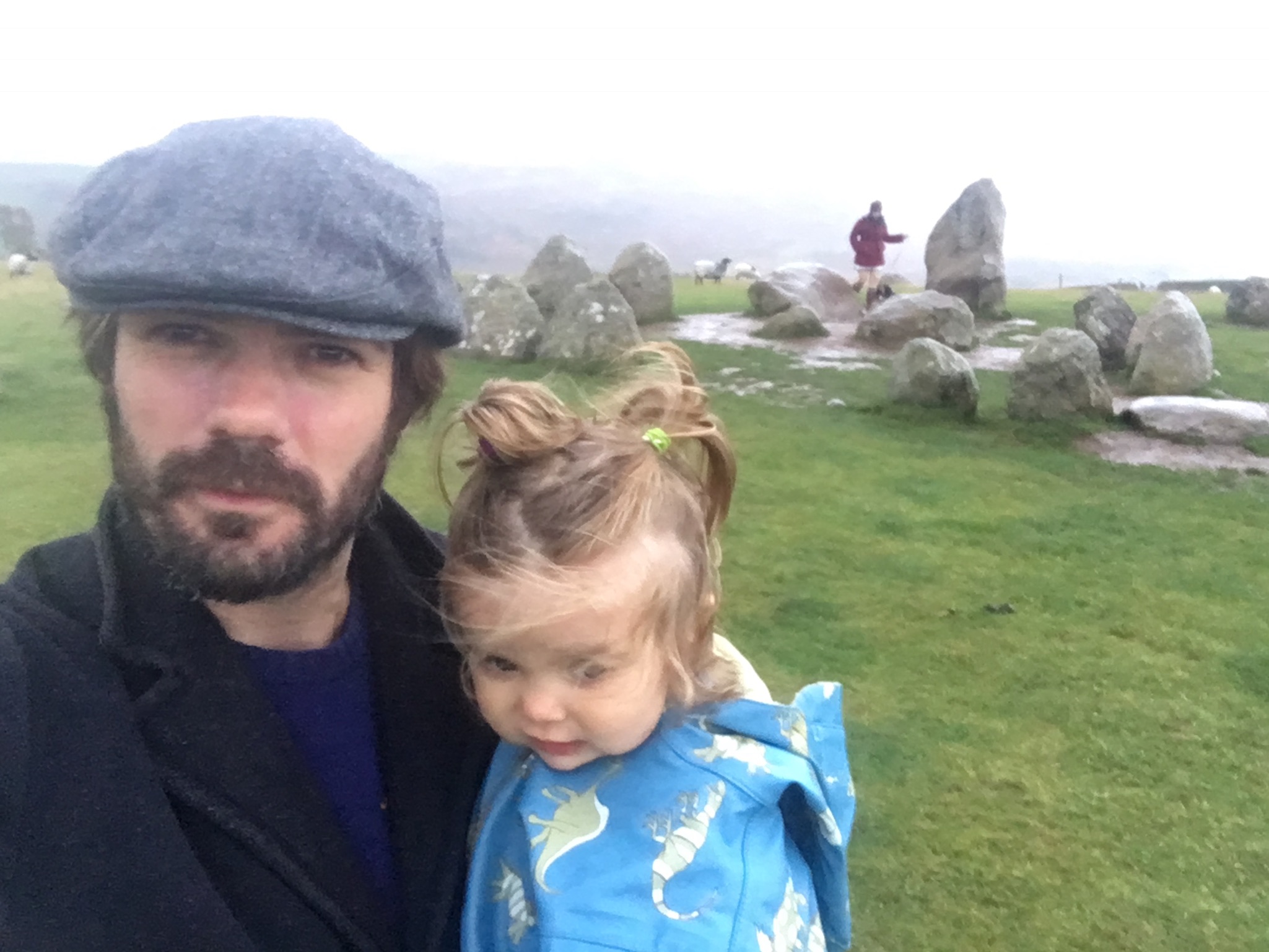Whilst our darling Emily was engaged in archaeological explorations of sleepy St Neot, Audrey and I explored a trail of unique features spread across the Cornish landscape, from princely prehistoric monuments to raging waterfalls where ancient Kings met with their doom.
Venturing over the rolling hills and luscious meadows, we made our way to Trethevy Quoit. This impressive monument dates back to the Neolithic period and was once a chambered tomb, holding the remains of unknown powerful individuals. It was originally made up of six granite slabs, which supported a capstone above. Whilst the tomb has never been excavated, similar structures are known to contain multiple burials. Rituals were likely to have been performed here throughout the Neolithic until at least the Iron Age.
Trethevy Quoit is known locally as the Giants House, or ‘Chi An Kowr’. Quoits is a traditional game in which rings are thrown onto a spike. It is believed that in ancient times, Giants threw the enormous stones here during a similar game.
Audrey was awestruck by the vast looming tomb, until she noticed the daisies, marvellous summer summoning yellows and whites peppered across the carpet of green grass in all directions. Her attention adjusted and we enjoyed some time exploring the natural delights of this sacred site.
Eventually we pushed onwards towards our next haunt. In open fields, at one of the highest points of the moors are a unique arrangement of stone circles known as the Hurlers or ‘An Hurlysi’. There are three separate circles in a row and two further standing stones only 120 meters to the southwest known as the Pipers. The Hurlers are believed to be part of a ceremonial route between the Neolithic settlement on Stowe’s Hill to the north and a Barrow cemetery at Caradon Hill to the south.
Local legends suggest the Hurlers were once men turned into stone for playing hurling on the Lords day. This legend also extends to the Pipers, accused of playing music on the same forbidden day. It is interesting that the stones predate the specific deity argued as their creator. In a universe of grey areas, legends so often arise based on nothing more than contemporary understanding.
It was something of a challenge, navigating the various native beasts occupying the area of moorland the stones stood upon. Cattle and horses grazed without a care in the world, wandering through the mystical stone circles so deeply rooted in ancient activity and unknown wonder, in search of nothing more than the tastiest snacks. Audrey and I watched with pleasure as they grazed, free to roam in the fresh Cornish air.
We made our way onwards. Our attempt to enjoy a beverage in the highest public house in Cornwall, the Cheesewring Hotel, was thwarted by the early arrival of our little adventure. We therefore continued to drive through the village of Minions and on to seek out Stowe’s Hill and any settlement evidence there. Sadly, there did not appear to be a safe point to leave the road and explore. Quarrying is still big business here; china clay pits carve cavernous craters into the lofty hilltops, and leave mountains of manmade spoil. Communications towers crown the high points, which meant a good deal of private property, seemingly inaccessible to Audrey and me.
We made the decision to fast forward from prehistoric curiosities to later lives. King Doniert was recognised as the last King of Cornwall. Ruling in the late 9th century, Doniert, or King Dumgarth as he is referred in the Annales Cambriae, is said to have drowned locally in 875AD. On a vital crossroads between important seats of local power are two ancient carved stones, decorated pedestals that would have one time been bases of large medieval crosses. One of these is Doniert’s Stone. A Latin inscription reads Doniert Rogavit pro anima. This translates to Doniert begs prayers for the sake of his soul. The monument is a memorial to the last King of Cornwall.
The satellite navigation system first directed us to a random farm with no obvious indication of historic importance or ancient King celebration to be seen. Harking back to those heady days of road signs and blind hope, we continued in our quest… but to no avail. Signs appeared, but the stones did not. It was only when we rather dejectedly turned around, almost giving up, that the unassuming roadside pile became plainly visible. Finding a suitable place to park, I planned to investigate the stones, particularly the Doniert Stone, its granite base carved with interlacing oval ring patterns of a Celtic fashion. However, on arrival, Audrey had decided rather awkwardly, to take her afternoon nap. It was too dangerous to leave the vehicle and far too dangerous to wake her. A tantrum this far from home would have been disastrous to say the very least, so after photographs from the vehicle, we drove on to our final location.
Following in the scant story of King Doniert, we made a final expedition to Golitha Falls, the very spot where our illusive King met his untimely demise beneath those rapid raging waters. Audrey and I opted to drop our chariot at camp and hike on foot over endless moors to witness the spectacular cascading natural feature, the place the ancient King was murdered.
As we made our way through the wilderness, I drew blood thanks to the roughness of terrain. The route became so treacherous we had to seek a local guide to assist, hacking our way through dangerous undergrowth with a sharp machete. We drove on into the unknown. Danger intensified as we were chased across the moors by vile monstrous beasts inhabiting the land. We escaped to relative safety and picked up an ancient trail. At this point, my dear Audrey was so frightened; she fell asleep… mid song. We entered a dense haunting forest. As the trails disappeared, we were forced to follow an ancient dried up stream, its meandering path opening the narrowest of gaps through the encroaching undergrowth. We ploughed through the mysterious wood, often offering eerie visual echoes of Jurassic Park. It felt as though an eternity had passed in the gloomy forest, but eventually we emerged at the famous spot King Doniert had met his grizzly end. Our labours were rewarded. Audrey awoke and we enjoyed the incredible majesty of Golitha falls. Audrey splashed in the shallows joyously, as the ghosts of ancient royalty watched on unseen.
After thoroughly enjoying the spectacular sight of the falls, we made our way back through the wilderness, careful to avoid the previous perils of our outgoing journey. We reached camp before the sun set behind the surrounding hilltops, and made our way swiftly to the social gathering place to regale friends with our adventurous exploits. Exhausted but happy, we finally relaxed with cold beer, (milk for Audrey of course) warm clothes and lovely company.
5000 years of history, miles of countryside, countless lifetimes of pure enjoyment. This part of the world truly has it all.








































































































































